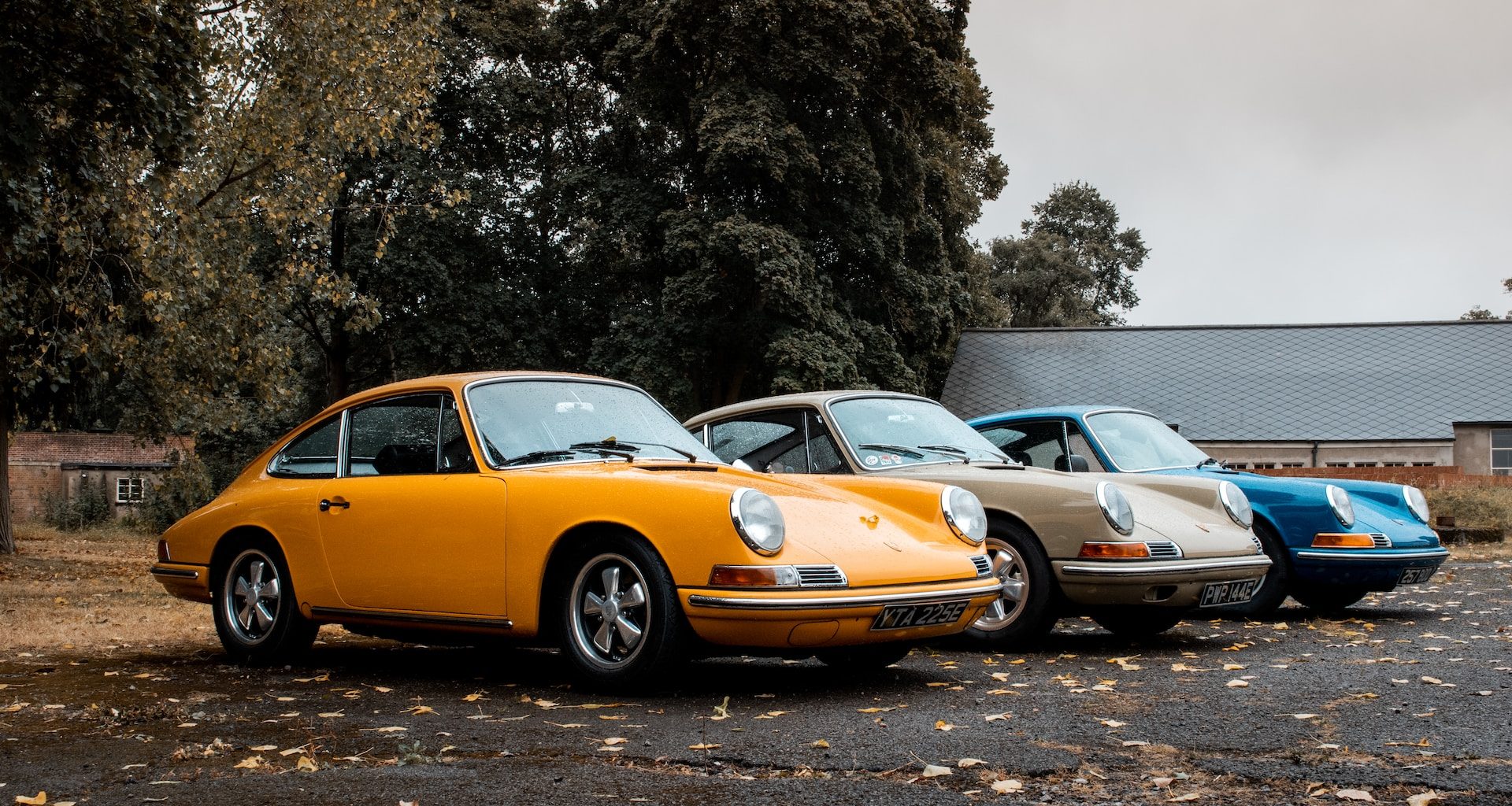Porsche is a brand that has continuously pushed the boundaries of automotive design, performance, and innovation throughout its storied history. From its humble beginnings as a design and engineering consultancy to its current position as a global leader in the production of high-performance sports cars and luxury vehicles, Porsche has remained true to its core values and commitment to excellence. These lesser-known facts provide a fascinating insight into the brand’s rich heritage and offer a deeper understanding of the values and achievements that have shaped Porsche into the iconic marque it is today.
1. The Humble Beginnings of Porsche
Porsche’s history began in 1931 when Austrian engineer Ferdinand Porsche founded the company as a design and engineering consultancy in Stuttgart, Germany. Initially, Porsche did not produce its own vehicles but instead provided design and engineering services to other car manufacturers, such as the development of the Volkswagen Beetle. It wasn’t until 1948 that Porsche built its first complete car, the Porsche 356, marking the beginning of the brand’s illustrious journey in the automotive industry.
2. The Origin of the Porsche Logo
The iconic Porsche crest, featuring a black horse on a gold shield, has an interesting backstory. The design was inspired by the coat of arms of Stuttgart, the city where Porsche was founded, which itself was derived from the ancient crest of the Duchy of Württemberg. The use of a prancing horse in the logo is also a nod to the company’s commitment to speed and performance, symbolizing power, agility, and endurance.
3. The First Porsche: The 356
The Porsche 356, produced from 1948 to 1965, was the first car to bear the Porsche name. The 356 was a lightweight, rear-engined sports car that offered a unique blend of performance, style, and everyday usability. The car’s success played a pivotal role in establishing Porsche’s reputation as a manufacturer of high-quality sports cars and set the stage for the company’s future models.
4. The Porsche 911: An Icon of the Automotive World
The Porsche 911, introduced in 1963, is arguably the most famous and enduring model in Porsche’s history. The 911’s distinct design, characterized by its sloping rear roofline and rear-mounted engine, has become synonymous with the brand. Over the years, the 911 has evolved through numerous generations, each refining and enhancing the car’s performance, handling, and technology while maintaining its iconic shape and character.
5. Porsche’s Racing Heritage
Porsche has a long and storied history in motorsports, with numerous victories in prestigious races such as the 24 Hours of Le Mans, the 24 Hours of Daytona, and the Targa Florio. The brand’s commitment to racing has not only resulted in an impressive trophy collection but also contributed to the development and refinement of Porsche road cars. Many of the technologies and engineering advancements developed for the race track have found their way into Porsche’s production vehicles, enhancing their performance, reliability, and driving dynamics.
6. The Porsche 917: A Racing Legend
The Porsche 917 is one of the most iconic and successful race cars in the history of motorsports. Introduced in 1969, the 917 was specifically designed to conquer the 24 Hours of Le Mans, which it did in 1970 and 1971. The 917’s impressive performance and innovative engineering made it a legend in the world of endurance racing and solidified Porsche’s reputation as a dominant force in motorsports.
7. Porsche and the Supercar Revolution
In the late 1980s, Porsche made a bold statement with the introduction of the 959, a technological tour de force that was, at the time, the fastest and most advanced production car in the world. The 959 showcased cutting-edge technologies such as all-wheel drive, adjustable suspension, and advanced aerodynamics. The 959’s groundbreaking design and performance paved the way for future Porsche supercars, including the Carrera GT and the 918 Spyder.
8. The Birth of the Porsche Boxster and Cayman
The Porsche Boxster, introduced in 1996, and its coupe sibling, the Cayman, launched in 2005, marked a significant expansion of Porsche’s model range beyond the 911. These mid-engined sports cars were designed to offer a more accessible entry point into the Porsche brand, without compromising on performance or driving dynamics. The Boxster and Cayman have been praised for their exceptional handling and balance, further solidifying Porsche’s reputation as a manufacturer of world-class sports cars.
9. Porsche’s Foray into the SUV Market
In 2002, Porsche surprised the automotive world by unveiling its first-ever sport utility vehicle, the Cayenne. Despite initial skepticism from purists, the Cayenne proved to be a huge success, combining Porsche’s performance credentials with the practicality and versatility of an SUV. The introduction of the smaller Macan in 2014 further expanded Porsche’s presence in the SUV market, attracting new customers to the brand and becoming one of Porsche’s best-selling models.
10. The Electric Future: The Porsche Taycan
Porsche entered the electric vehicle market in 2019 with the launch of the Taycan, a high-performance, all-electric sports sedan. The Taycan embodies Porsche’s commitment to innovation and sustainability, combining the brand’s legendary performance and driving dynamics with zero-emissions driving. With the Taycan, Porsche has set the benchmark for electric sports cars, and the company plans to further expand its electric lineup in the coming years.
















